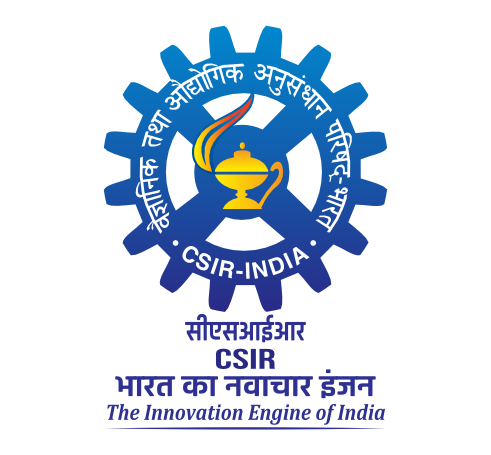Fractionation of roller‑milled quinoa: evaluation of functional and nutritional properties of different fractions
Madhumathi, R. and Harish Prashanth, K. V. and Inamdar Aashitosh, A. (2025) Fractionation of roller‑milled quinoa: evaluation of functional and nutritional properties of different fractions. Journal of Food Measurement and Characterization, 19. pp. 4191-4202.
|
PDF
s11694-025-03246-1.pdf - Published Version Restricted to Registered users only Download (1MB) | Request a copy |
Abstract
Quinoa is a nutrient-dense pseudo-cereal rich in fiber and plant-based protein, making it a superfood. Roller milling of quinoa grain produces two main streams: flour fractions and bran fractions. The flour fractions consist of break passages (B1, B2, B3—B streams), contributing approximately 40%, and reduction passages (C1, C2, C3—C streams), contributing 35%, while the bran fractions (fine and coarse) accounted for 22%. Roller milling of quinoa grain yielded 30.5% bran, 8.2% embryo, and 60.8% perisperm. Whole quinoa flour (WQF) contained 10.06% moisture, 3.2% ash, 14.30% protein, 3.30% fat, and 12.16% dietary fiber. However, these values varied significantly across the fractions. Among all fractions, fine and coarse bran had the highest protein (20.22%) and dietary fiber (23.9%) content, respectively. Scanning electron microscopy effectively differentiated between B and C streams and bran fractions based on the structure and distribution of starch molecules. Fourier Transform Infrared Spectroscopy (FTIR) analysis revealed protein bands in the range of approximately 1650–1580 cm⁻1 and starch bands within 1000–1170 cm⁻1. Additionally, amylograph results demonstrated that B streams exhibited higher peak viscosity and lower gelatinization compared to other samples. The setback value was also higher for B and C streams, indicating greater amylose content, which retrogrades at an accelerated rate. Thermal properties, analyzed by Differential Scanning Calorimetry (DSC), showed that bran fractions had a higher gelatinization temperature, while B and C streams gelatinized at 55 °C. These findings provide valuable insights into the impact of roller milling on the nutritional and functional properties of quinoa fractions, which can guide the development of value-added quinoa-based products with desired characteristics.
| Item Type: | Article |
|---|---|
| Uncontrolled Keywords: | Nutrition distribution · Quinoa flour · Food applications · Roller milling · Valorization |
| Subjects: | 600 Technology > 08 Food technology > 16 Nutritive value 600 Technology > 08 Food technology > 16 Nutritive value > 08 Grains |
| Divisions: | Flour Milling Bakery and Confectionary Technology Dept. of Biochemistry |
| Depositing User: | Somashekar K S |
| Date Deposited: | 25 Jun 2025 06:21 |
| Last Modified: | 25 Jun 2025 06:21 |
| URI: | http://ir.cftri.res.in/id/eprint/19603 |
Actions (login required)
 |
View Item |

